On July 16, a worker at a vaccination clinic in Alpena County, Michigan, opened a vial of Moderna’s Covid-19 vaccine. That started the clock: All 10 doses had to get into arms within hours.
But the person who was supposed to get vaccinated had a change of heart, according to records the Michigan Department of Health and Human Services shared with NBC News.
Workers scrambled to find others who wanted the doses in the opened vial, but they couldn’t find a single person — so, in the end, they had to discard the 10 doses, they told state officials when they reported the waste.
Similar scenarios have played out across the country, with clinics forced to discard open vials because they couldn’t find enough people who wanted to get vaccinated, according to state-level vaccine waste data and people involved with the nation’s vaccination campaign.
That has contributed to the United States wasting at least 15.1 million vaccine doses from March through August — and has raised questions about the decision to continue distributing Covid vaccines in multi-dose vials, which offer less flexibility to providers as they focus on getting shots to the people who are hardest to reach.
“Is now the time to rethink packaging? For the U.S. market, I think so,” said Prashant Yadav, a senior fellow at the Center for Global Development, a nonprofit think tank, who is an expert in health care supply chains.
Most vaccines in the United States are distributed in single-dose vials or prefilled syringes, but the Covid vaccines were distributed in multi-dose vials because of the need to manufacture them quickly in the early months of the country’s inoculation campaign.
While the multi-dose vials — up to 15 doses for Moderna, six for Pfizer-BioNTech and five for Johnson & Johnson — streamline production, they also make the Covid vaccine more vulnerable to waste. A review of state-level reports on discarded doses showed how this occurs.
Ten doses were wasted when the Indian Health Service received a broken Moderna vial in late January, for example. And in Barry County, Michigan, nine doses were wasted in May when workers opened a Moderna vial for one patient and couldn’t find other recipients.
In all, over a third of the discarded doses from March through August were wasted in increments smaller than a full vial, according to data from the Centers for Disease Control and Prevention. That number almost certainly includes some wasted doses not caused by multi-dose vials — for example, when a needle broke or a filled syringe went unused. But the CDC data and the anecdotal reports from states both point to multi-dose vials being more prone to waste.
At least two states — Kentucky and Pennsylvania — have asked the federal government for smaller vials and packaging so they can avoid vaccine waste.
In response, the Department of Health and Human Services is working with Covid-19 vaccine manufacturers to reduce the number of doses per vial and the number of vials per package, a spokesperson said in an email.
The spokesperson said the department recognizes that different types of vaccine providers may need different vial sizes to manage their supply. The spokesperson declined to give further details.
The CDC’s data doesn’t include vaccines wasted by several states and large federal agencies, so it isn’t possible to calculate the rate of vaccine waste in the United States. But it is likely below the rate of 10 to 15 percent waste the World Health Organization estimates for vaccine campaigns that use multi-dose vials.
A move to smaller vials would alleviate much waste in the U.S., experts said, but it would also come with serious tradeoffs for global vaccine production, which would become slower and more expensive.
Pfizer is “working to reduce the size of our packaging,” according to spokesperson Eamonn Nolan, but the company has yet to announce a timeline.
Jake Sargent, a spokesperson for Johnson & Johnson, said only that the five-dose vials used for its Covid vaccine are “aligned with the World Health Organization’s recommendations for medical interventions in a pandemic setting, which emphasize ease of distribution, administration and compliance.”
Moderna did not respond to requests for comment.
States want more flexibility
Kentucky Public Health Commissioner Steven Stack has criticized the use of large, multi-dose vials for Covid vaccines, which he said don’t help doctors “reach people in their persuadable moment.”
The state has been hit especially hard by the more-contagious delta variant. Just over half Kentucky’s population is fully vaccinated.
Federal officials have told the state that vaccine packaging will get smaller and easier to use later this year, Stack’s spokesperson Brice Mitchell said in an email.
“No firm details or timeline have been shared as far as we’re aware,” Mitchell said.
In Pennsylvania, where new cases continue to rise, state officials are also pushing the federal government to reduce the vial size. About 57 percent of the state’s population is fully vaccinated, and the state wasted at least 244,214 vaccine doses from March through August.
“We and other jurisdictions advocate to CDC and other federal partners that our providers need smaller shipment sizes and smaller vials, as it would be preferential to have various options,” Maggi Barton, a spokesperson for the Pennsylvania Department of Health, said in an email. “Until there is further update from the federal government, we work as best we can to make do with the options currently available to us.”
Balancing U.S. waste with global demand
Despite the demand from state officials, there are big challenges to moving the U.S. vaccine supply toward single-dose vials.
Any change in the number of doses per vial would require approval from federal regulators, along with potentially expensive and time-consuming changes to the vaccine supply chain that could slow production.
The United States is also sitting on millions of surplus doses that are packaged in large, multi-dose vials and that need to be used domestically, or redistributed to other countries, before they expire. On Wednesday, the Food and Drug Administration approved booster shots for older Americans and those at risk for severe disease who received the Pfizer vaccine — a move that could cause a surge in domestic demand.
Then, there’s global demand. While the United States has a vaccine surplus, many other countries have a dire shortage.
It’s possible that packaging the Covid vaccines in smaller, single-dose vials could help by reducing the number of shots the U.S. is wasting. But it’s also possible the change could make that global shortage worse by slowing down production. The final state of vaccine production, called “fill-finish,” has been a bottleneck throughout the pandemic, and experts cautioned that using smaller vials could slow it further.
“Fill and finish, which is where you put the vaccine dose in a vial, is the constraining capacity in the world right now, to get enough vaccines out,” said Ravi Anupindi, a professor of operations research and management at the University of Michigan. “And so if you begin to do single doses, that’s a challenge.”
Smaller vials would also take up more physical storage space, experts said. That could be a problem for developing countries, where the ultra-cold long-term storage required for Pfizer’s vaccine is at a premium.
Finally, putting doses in smaller vials would use up more of the specialized medical glass the vials are made of, which has been in short supply due to surging demand and supply chain disruptions.
“Going to single-dose is probably not the solution,” Anupindi said.
Other experts said now is the right time for the U.S. to reconsider multi-dose vials and other aspects of how it is distributing the Covid vaccines, like how it manages supplies and where it distributes them.
Michael Osterholm, director of the University of Minnesota’s Center for Infectious Disease Research and Policy, called for a deep examination of the country’s vaccine delivery system, including vial size.
“We really need a very comprehensive review of all aspects of vaccine delivery,” said Osterholm, who has advised the White House on Covid policy. “How can we maximize on it? How can we reduce wastage?”

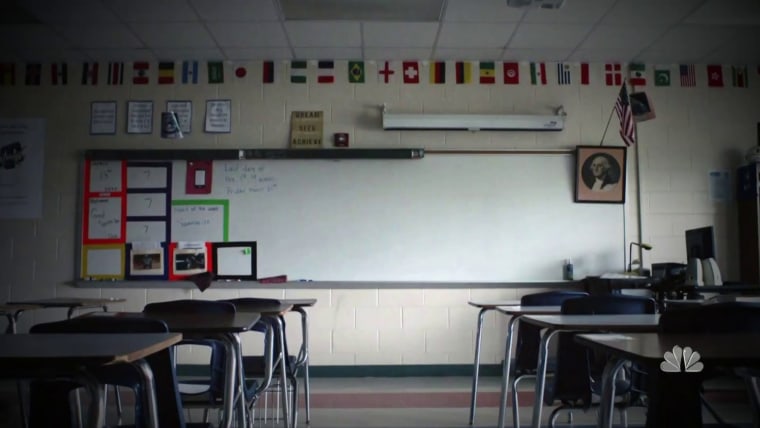
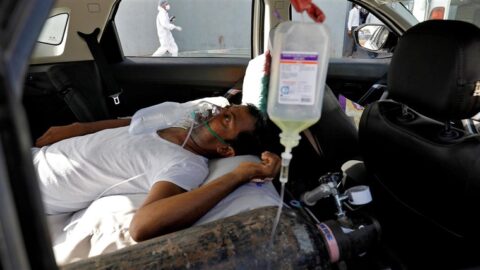

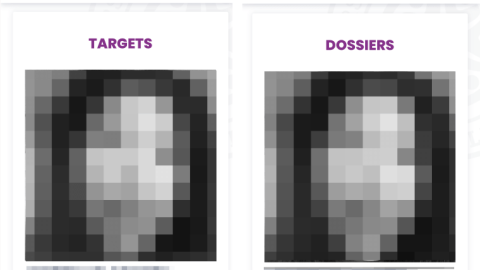
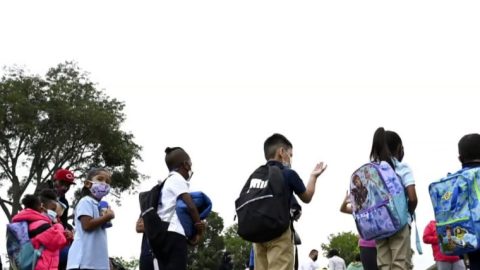
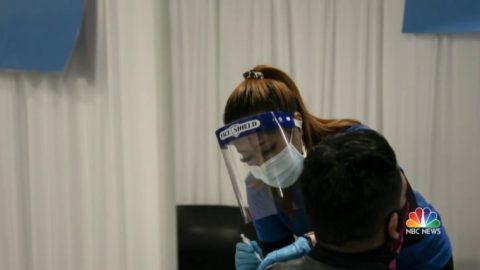

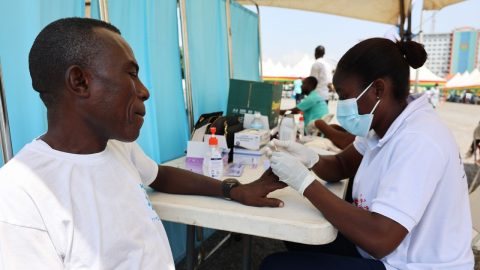
Recent Comments